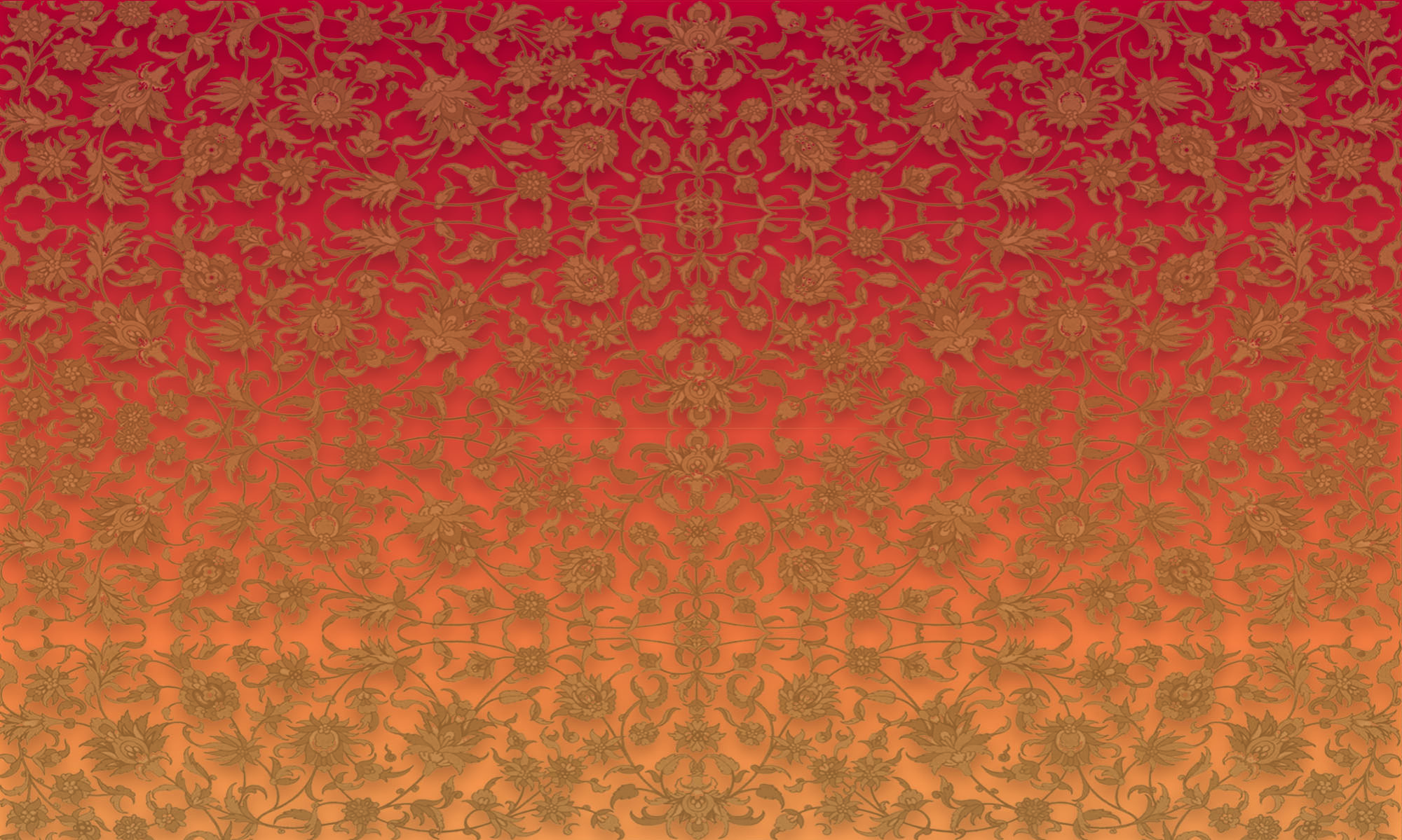
Order Now!
Alcove of Dreams $42.50 Shipping 6.50 (USA Only)
Please Contact Us for International Shipping Cost:
Autographed Copies Available!
Alcove of Dreams Signed Edition $52.50 Shipping $6.50 (USA Only)
Gwyllm Llwyd’s ‘Alcove of Dream’s is a stunning display of the artist’s, stunning digital collage, peppered with esoteric symbolism, that have served as covers for editions of ‘The Invisible College Review’ and other psychedelic related publications. Llwyd’s work brings new vision to the poster and record album art of the 60s-70s, with its surreal blend of antiquated steel engravings, psychedelic colours against a background of titillating tessellation. Llwyd’s work is graphic proof that Art is a Drug.
—Chris Bennett
co-author of Green Gold the Tree of Life: Marijuana in Magic and Religion (1995); Sex, Drugs, Violence and the Bible (2001); and author of Cannabis and the Soma Solution (2010); Liber 420: Cannabis, Magickal herbs and the Occult (2018); and Cannabis: Lost Sacrament of the Ancient World (2023)
Gwyllm does not withhold his cornucopia of visual delights. His collages are an abundant offering of intricacy, movement, and mystique. Sometimes, it is mysterious and thought provoking; at other times, it is accessible and fun. Either way, it is always delicious.
Liba Waring Stambollion,
Painter, author, queen bee of the artist-writer association “Dreams & Divinities”.
Gwyllm’s latest production under the Invisible College imprint bears the title The Alcove of Dreams and it is appropriate that the term ‘alcove’ derives from the Arabical-qubba meaning a vaulted chamber and such spaces in Moorish architecture feature frequently in artworks in this collection of Gwyllm’s work. In English an alcove suggests a cosy space for a meditation, perhaps with a collection of books or artefacts with a special meaning or a small meeting of friends. Such a meeting might be composed of a group of likeminded companions of the way, to exchange thoughts or just to sit in contemplative silence. Although there are some essays included the volume is largely a retrospective of Gwyllm’s art and it is that on which I will focus. Gwyllm’s work emerges from and bears the imprint of the psychedelic sixties and
seventies, an influence on his life which he covers in a biographical sketch that is included in this collection. The posters and underground magazines of that era borrowed from the styles of Art Nouveau, a style that was ‘new’ in the Edwardian era but has since garnered a nostalgic appeal related to the aestheticism, decadence and fascination with the orient of that era. Gwyllm also owes an unmistakable debt to the collages of Max Ernst, which combined elements from nineteenth engravings of natural history, romances and gothic thrillers to create collages of weird human-animal hybrids in gothic settings.
Gwyllm combines similar elements with a modern twist in a style that like that of Max Ernst is instantly recognisable. We are invited into a realm where mantis gods preside over maze-like temples, or UFOs hover over deserts or pyramids suggesting ancient contact with alien intelligences. There is a geometry of meaning to be found in a miscellanea of mandalas, esoteric references, exotic architecture, and alchemical imagery that explodes in colour, where octopoid tentacles suggest that the ancient ones may be waiting in the wings. Christian iconography mingles with Mayan pyramids but there is a curious familiarity in these fantastic images that invoke the acid realisation of ‘I’ve been here before’, combined with a nostalgia for an ancient wisdom perhaps only half glimpsed. Edwardian gaiety girls in a swirl of purple ipomeas are transformed into psychedelicised muses of a brotherhood, such whose ciphered signature PRB once concealed their identity. Gwyllm’s digital collages with their frequent images of winged flight form a visual langue des oiseaux,a symbolic green language understood by the companions of the way. These images bear repeated viewings, revealing further subtleties and nuances.
Alan Piper
Author of: Strange Drugs make for Strange Bedfellows: Ernst Jünger, Albert Hofmann and the Politics of Psychedelics (2015) & Bicycle Day and other Psychedelic Essays (2023)
